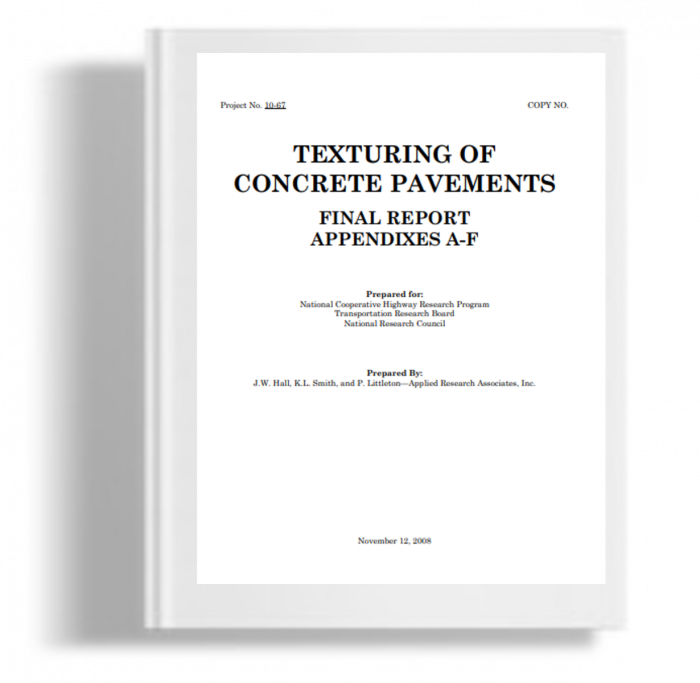Kami menggunakan cookies untuk membuat pengalaman Anda lebih baik. Untuk mematuhi petunjuk e-Pribadi yang baru, kami perlu meminta persetujuan Anda untuk menyetel cookies. Pelajari lebih lanjut .
Texturing of concrete pavement
Pavement surface texture is defined as the deviation of a pavement surface from a true planar surface, with a texture wavelength less than 1.65 ft (0.5 m), and divided into micro-, macro-, and mega-texture (Sandberg, 2002). It is commonly described in terms of wavelength and amplitude. Pavement surface textures can be simulated accurately by adding a combination of sine waves of varying wavelengths, amplitudes, and phases, as defined in figure A-1 and illustrated in figure A-2 (Sayers and Karamihas, 1998). The combined sine waves shown in figure A-2 result in a unique profile. Mechanical theory and practice indicate that any road surface texture profile can be created using a combination of distinct sine waves. In normal texture analysis, however, this process is reversed. Using a Fourier transform method, the measured texture profiles of road surfaces are separated into distinct wavelengths
- Baca | Unduh PDF
- Texturing of concrete pavement
Pavement surface texture is defined as the deviation of a pavement surface from a true planar surface, with a texture wavelength less than 1.65 ft (0.5 m), and divided into micro-, macro-, and mega-texture (Sandberg, 2002). It is commonly described in terms of wavelength and amplitude. Pavement surface textures can be simulated accurately by adding a combination of sine waves of varying wavelengths, amplitudes, and phases, as defined in figure A-1 and illustrated in figure A-2 (Sayers and Karamihas, 1998). The combined sine waves shown in figure A-2 result in a unique profile. Mechanical theory and practice indicate that any road surface texture profile can be created using a combination of distinct sine waves. In normal texture analysis, however, this process is reversed. Using a Fourier transform method, the measured texture profiles of road surfaces are separated into distinct wavelengths

